Today we’re featuring music of Francesco Barsanti, born around 1690 in the Tuscan city of Lucca. This city was- and would be- a center of Italian culture for centuries, boasting such notable denizens as Luigi Boccherini and Giacomo Puccini.
In 1708, Barsanti ventured to Padova, where he had initially intended to pursue an education in the field of science. After keenly observing several concerts held at the university, Barsanti embarked on a composition career instead, focusing chiefly on music for the flute and the oboe. He spent many successful years in London as a noted flutist and oboist before venturing north to Scotland in 1735, where he lived for almost a decade and continued to compose.
Sonata in C Major – Francesco Barsanti (b. ca. 1690)
Adagio / Allegro /Largo / Presto
, recorder; Jerry Fuller, violone
Podcast length: 10:03

 In this episode of Ars Antigua Presents (11 minutes), we’re celebrating
In this episode of Ars Antigua Presents (11 minutes), we’re celebrating 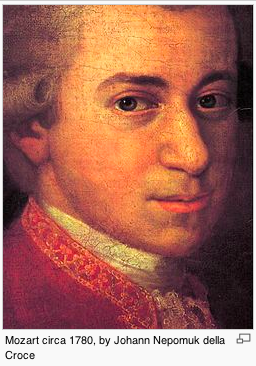
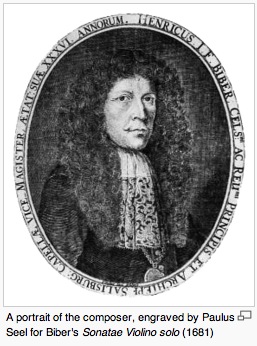

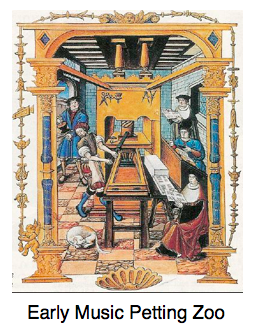
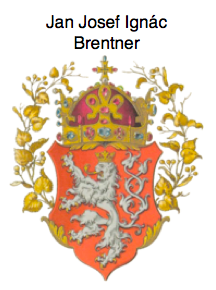
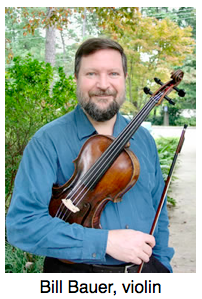
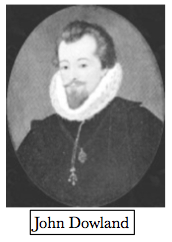
 This month’s program (10 minutes and 32 seconds) explores the music of
This month’s program (10 minutes and 32 seconds) explores the music of 